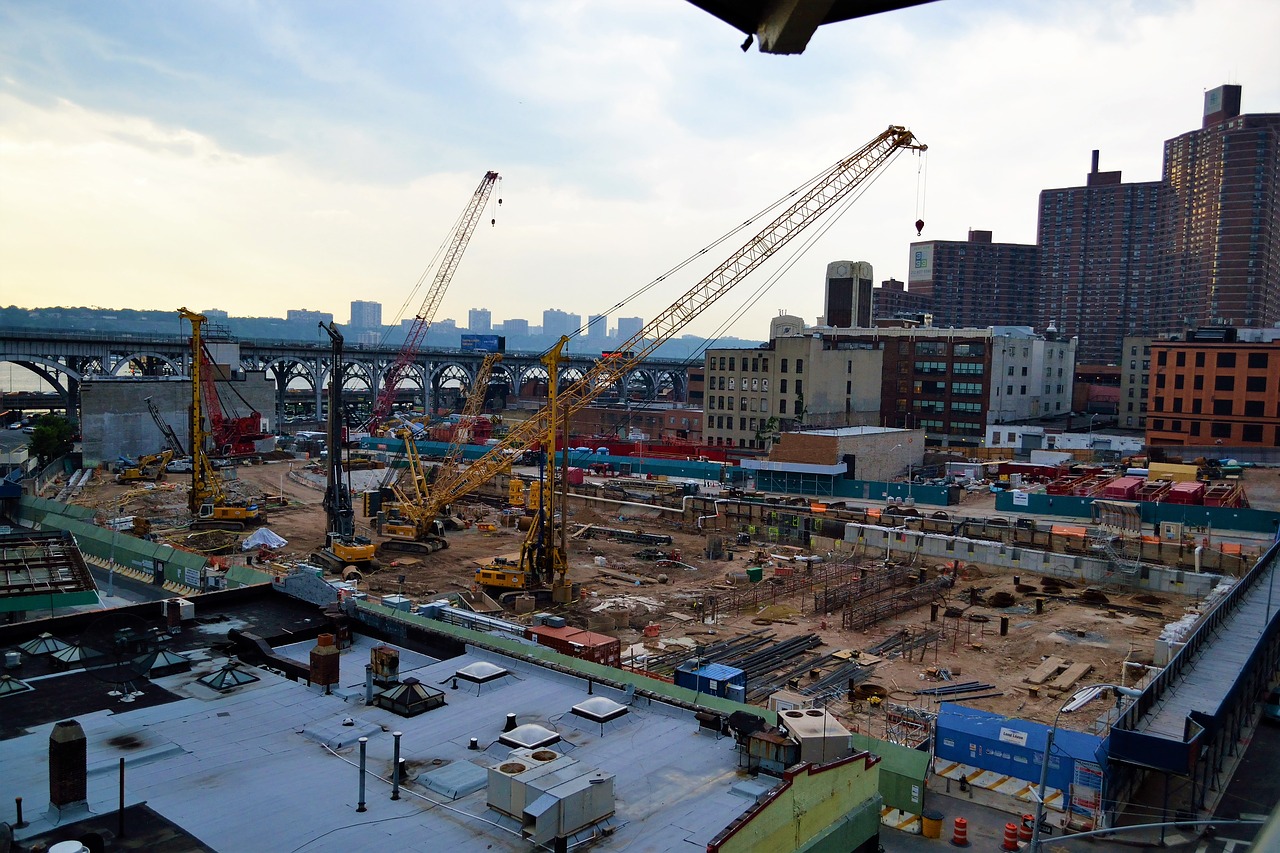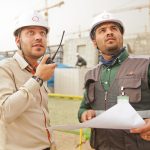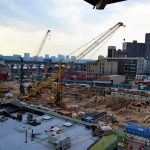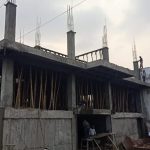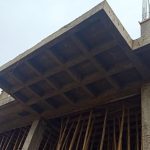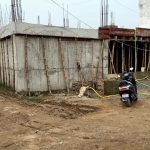Construction is a fundamental and necessary activity for a variety of reasons:
- Infrastructure Development: Construction is essential for building and maintaining critical infrastructure, including roads, bridges, airports, railways, water supply systems, sewage systems, and energy facilities. These infrastructure components are the backbone of modern society and support economic growth and quality of life.
- Shelter and Housing: Construction is the means by which we create shelter and housing for people. Residential construction provides homes and living spaces for individuals and families, ensuring their safety, comfort, and security.
- Commercial and Industrial Spaces: Construction creates the commercial and industrial spaces required for businesses to operate. This includes offices, factories, warehouses, retail stores, and more. These spaces are essential for economic activities and job creation.
- Public Facilities: Construction is responsible for building public facilities such as schools, hospitals, government buildings, community centers, and recreational spaces. These facilities support education, healthcare, governance, and community engagement.
- Infrastructure Maintenance and Upgrades: Over time, existing infrastructure and buildings require maintenance, repairs, and upgrades to ensure they remain safe and functional. Construction is needed to address these ongoing needs.
- Economic Growth: Construction projects stimulate economic growth by creating jobs, increasing demand for building materials, and attracting investments. It is a significant driver of economic activity in many regions.
- Innovation and Technological Advancements: The construction industry continually evolves with advancements in construction techniques, materials, and technologies. This innovation contributes to efficiency, sustainability, and safety improvements.
- Urban Development: Construction plays a central role in shaping urban and rural landscapes. It helps create vibrant cities, efficient transportation systems, and sustainable communities.
- Disaster Recovery: In the aftermath of natural disasters or other emergencies, construction is crucial for rebuilding and restoring affected areas, providing relief and support to affected populations.
- Environmental Considerations: Modern construction practices increasingly focus on sustainability and environmental considerations. Green construction methods and materials help reduce the environmental impact of construction projects.
- Cultural and Architectural Preservation: Construction can also involve the restoration and preservation of historical and cultural landmarks, ensuring that important heritage sites are maintained for future generations.
In summary, construction is an essential activity that serves both practical and societal needs. It provides the infrastructure and physical spaces necessary for people to live, work, and engage in various activ

